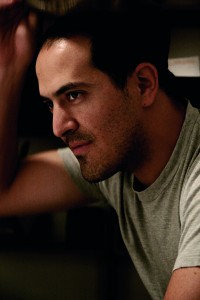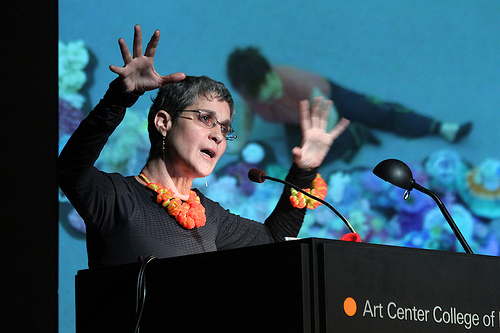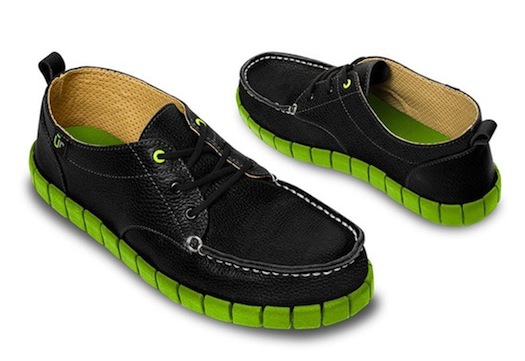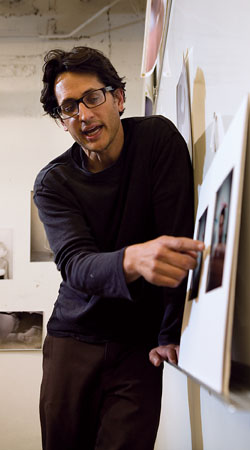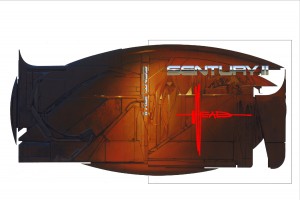Change naturally occurs as careers evolve. Sometimes change is forced upon us; other times we have to make it happen.
Based on the principles laid out in his book, How to Grow as a Photographer: Reinventing Your Career, creative consultant, artist and educator Tony Luna created Crafting a Meaningful Career, a series of Art Center at Night courses aimed at helping mid-career professionals revitalize their career perspectives.
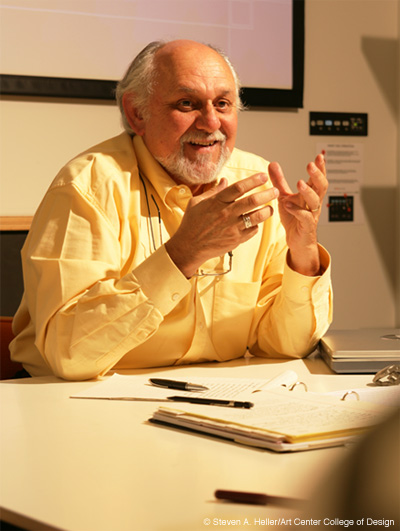
Luna
We recently took a much-needed break our day-to-day assignments to talk to Luna about these courses.
Dotted Line: Tell us about Crafting a Meaningful Career.
Tony Luna: The course is loosely based on my own personal life. Looking back at my career, I realized that every five to seven years there was some change that had to take place. Sometimes it was caused by the economy, sometimes it was caused by technology, and sometimes it was caused by boredom. I started talking to other people, and virtually everyone I spoke with experienced the same challenges. The basic tenet of the course is that we have to change and we have to grow, so the Crafting a Meaningful Career courses are about taking control and creating a new path for yourself. It could be a small change, or it could be a large one. I advocate that people take a serious, mature look at what they’ve accomplished, give themselves credit for all they’ve been able to achieve, and then plot out a plan for where they’d like to take their career.
Dotted Line: Do people commonly feel like they need to start all over, and that all they’ve done up to this point is useless?
Luna: People acquire skills along the way that they don’t even recognize. They pick up organizational or communication skills, learn new languages or become computer savvy. And they think that’s just what they had to do. We often float through life and not recognizing the impact our personal experiences can have in expanding our business opportunities. I have a class assignment called “asset matching,” in which I ask students to examine their personal skill sets, experiences, interests and influences. They write down what they have going for them, and then as a group we try to find new options for how they can turn their career into something that makes them excited about starting each day. That’s the “meaningful” part.


